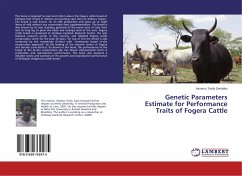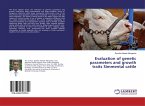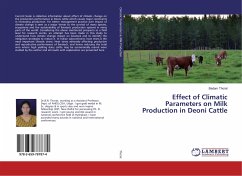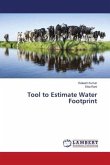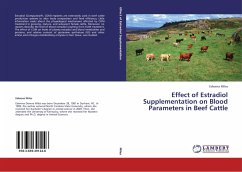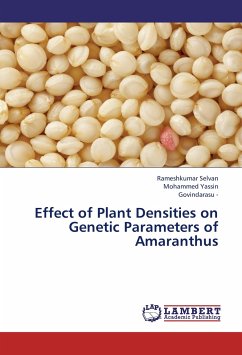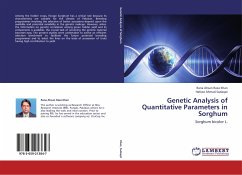This book is targeted to read and inform about the Fogera cattle breed of Ethiopia that found in districts surrounding Lake Tana of Amhara region. The breed is well known for its milk production and gives up to eight litters of milk without any concentrate feed supplementation. The breed is also known by its over standing potential of the marsh area of Lake Tana and its long leg to plow the black and swampy land of the area. Fogera cattle breed is conserved at Andassa Livestock Research Center, the sole livestock research center in the country, and Metekel Fogera cattle conservation ranch for the past 50 years. On top of this the breed is also conserved by the community (In-situ) with "community based In-situ conservation approach" by the leading of the research center at Fogera and Gondar zuria districts. As shown in this book, the performance of the breed at the Ex-situ conservation site has shown improvements both in production and reproductive performance. The book also presents a detailed review and summary of the growth and reproductive performance of Ethiopian indigenous cattle breed.
